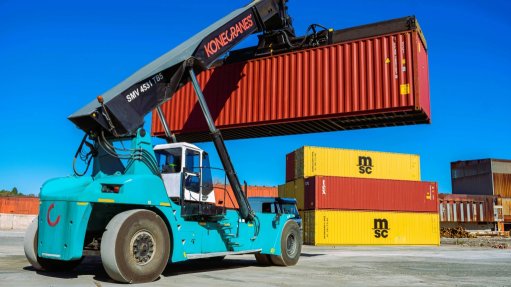US green technology demonstrator aircraft becomes the latest in the famous X-plane series
The US National Aeronautics and Space Administration (Nasa) has announced that its Sustainable Flight Demonstrator aircraft, to be built and partly funded by Boeing, has been officially designated the X-66A. This makes it the latest in the renowned US series of X-plane experimental and technology demonstrator aircraft, which started with the Bell X-1 rocket plane, which, in 1947, became the first piloted aircraft to exceed the speed of sound in level flight.
Authority for awarding X-plane designations is vested in the US Air Force, even if the aircraft concerned is devoted to purely civil aerospace research. Nasa and Boeing jointly applied for X-plane status for their project, shortly after they announced it, earlier this year.
“The Sustainable Flight Demonstrator builds on Nasa’s world-leading efforts in aeronautics as well as climate,” affirmed Nasa administrator Bill Nelson. “The X-66A will help shape the future of aviation, a new era where aircraft are greener, cleaner, and quieter, and create new possibilities for the flying public and American industry alike.”
The X-66A will be a full-scale aircraft, to support the development of a new generation of single-aisle airliners – the workhorses of the world’s airlines – that will be more sustainable (that is, produce fewer greenhouse gas emissions, through the use of less fuel or by using cleaner power sources, or a mixture of both). Its design concept is what is called a transonic truss-braced wing. That is, its wings will be extra-long and thin and will be braced by diagonal struts.
To build the X-66A, Boeing will take the fuselage of an MD-90 airliner and shorten it, and then fit it with totally new wings and new engines. Nasa is investing $425-million in the project, while Boeing and its partner companies will be contributing a further $725-million.
“To reach our goal of net zero aviation emissions by 2050, we need transformative aircraft concepts like the ones we’re flying on the X-66A,” highlighted Nasa Aeronautics Research Mission Directorate associate administrator Bob Pearce. “With this experimental aircraft, we’re aiming high to demonstrate the kinds of energy-saving, emissions-reducing technologies the aviation industry needs.”
Article Enquiry
Email Article
Save Article
Feedback
To advertise email advertising@creamermedia.co.za or click here
Comments
Press Office
Announcements
What's On
Subscribe to improve your user experience...
Option 1 (equivalent of R125 a month):
Receive a weekly copy of Creamer Media's Engineering News & Mining Weekly magazine
(print copy for those in South Africa and e-magazine for those outside of South Africa)
Receive daily email newsletters
Access to full search results
Access archive of magazine back copies
Access to Projects in Progress
Access to ONE Research Report of your choice in PDF format
Option 2 (equivalent of R375 a month):
All benefits from Option 1
PLUS
Access to Creamer Media's Research Channel Africa for ALL Research Reports, in PDF format, on various industrial and mining sectors
including Electricity; Water; Energy Transition; Hydrogen; Roads, Rail and Ports; Coal; Gold; Platinum; Battery Metals; etc.
Already a subscriber?
Forgotten your password?
Receive weekly copy of Creamer Media's Engineering News & Mining Weekly magazine (print copy for those in South Africa and e-magazine for those outside of South Africa)
➕
Recieve daily email newsletters
➕
Access to full search results
➕
Access archive of magazine back copies
➕
Access to Projects in Progress
➕
Access to ONE Research Report of your choice in PDF format
RESEARCH CHANNEL AFRICA
R4500 (equivalent of R375 a month)
SUBSCRIBEAll benefits from Option 1
➕
Access to Creamer Media's Research Channel Africa for ALL Research Reports on various industrial and mining sectors, in PDF format, including on:
Electricity
➕
Water
➕
Energy Transition
➕
Hydrogen
➕
Roads, Rail and Ports
➕
Coal
➕
Gold
➕
Platinum
➕
Battery Metals
➕
etc.
Receive all benefits from Option 1 or Option 2 delivered to numerous people at your company
➕
Multiple User names and Passwords for simultaneous log-ins
➕
Intranet integration access to all in your organisation





















